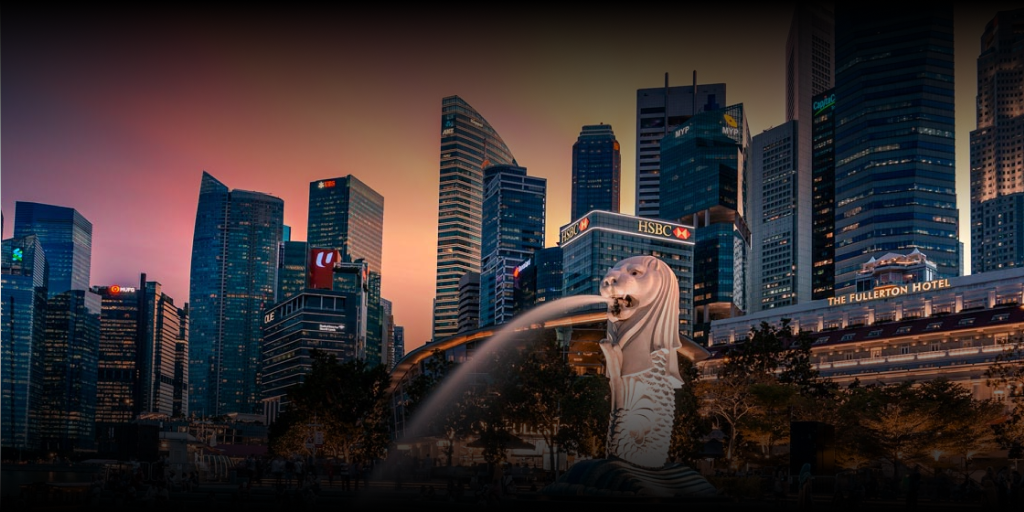Are you a fresh graduate or experienced professional looking for a job in Singapore? Maybe you are a student hoping to get a part-time job while you study? Whatever the reason, you know you need a resume that fits Singapore resume standards.
This article is the guide you need to know everything about the format, layout and sections of the Singapore resume. Let’s get started.
Want to build your Singapore Resume online? Cresuma’s resume builder can do the job for you.
CV Vs. Resume
First things first, is it a CV or resume in Singapore? Don’t worry, it’s both. In Singapore, companies use both CV and resume on job adverts and the two terms are used interchangeably.
However, what you should be concerned about is length. Most recruiters want to get a sense of who you are, so the Singaporean resume or CV should be about 2 pages long.
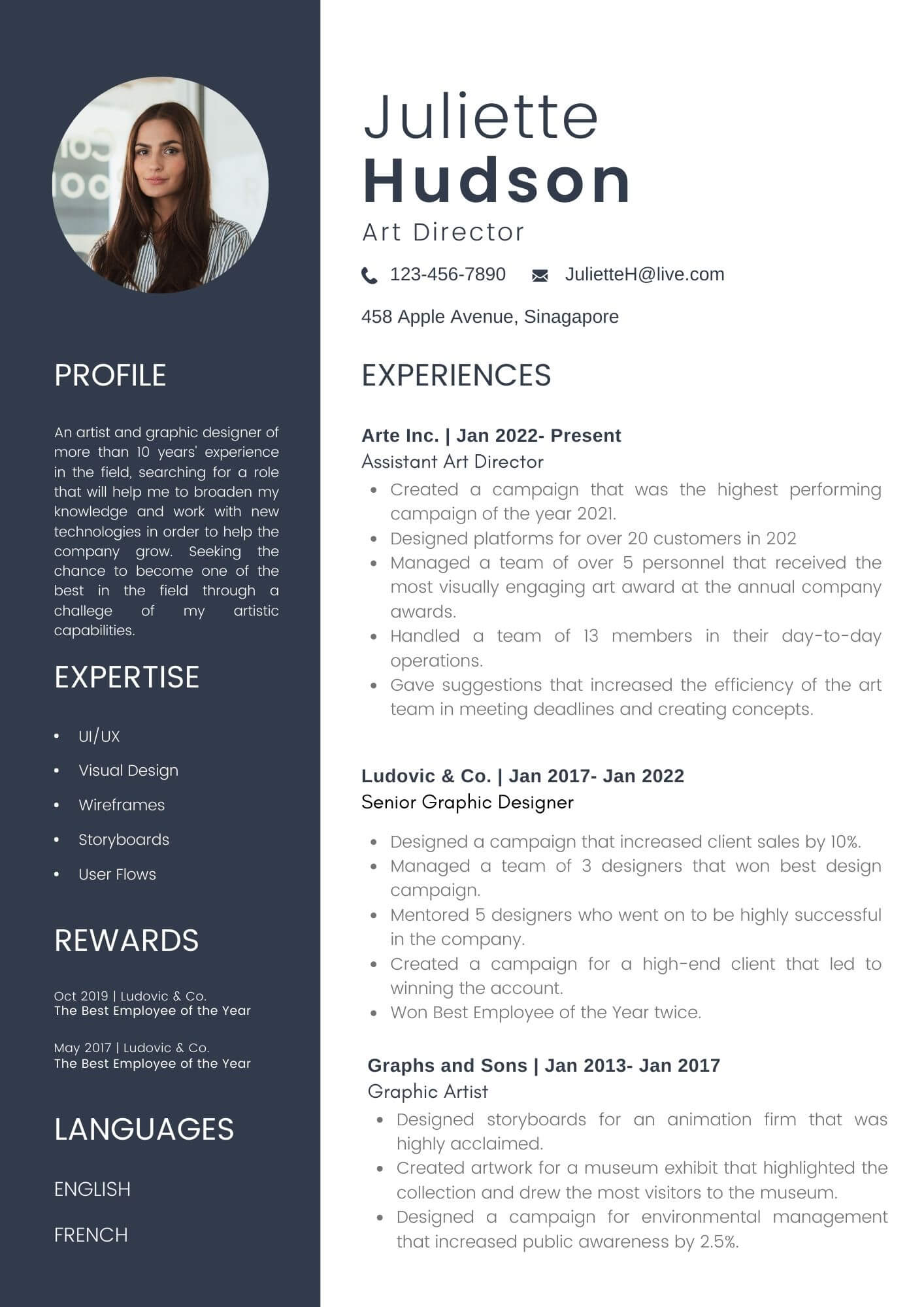
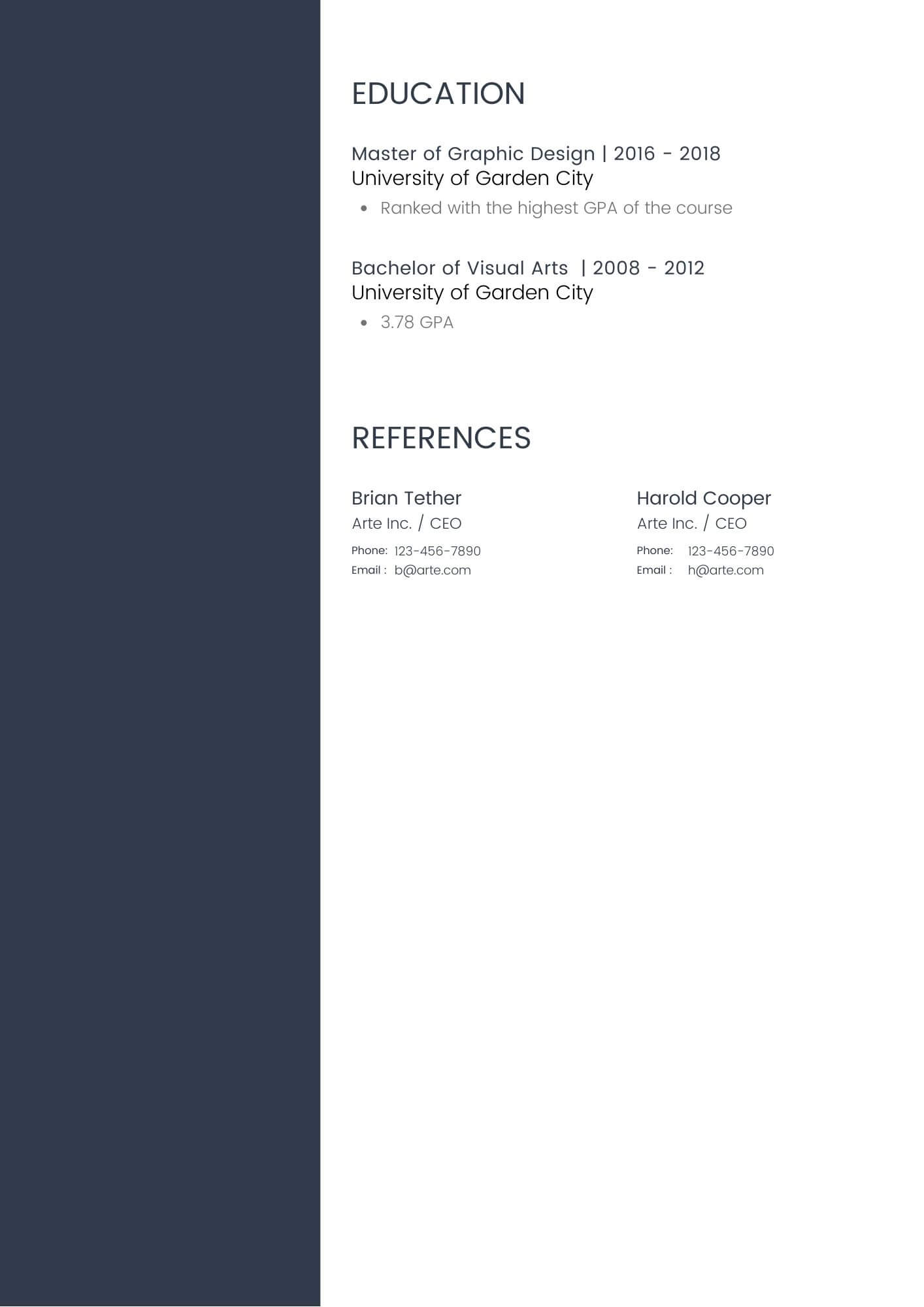
Types of Resume Formats
1. Chronological or Reverse-Chronological Format
The most common resume format is the chronological format. It is also a great format for experienced professionals. In this format, work experience is highlighted with the most recent employment role placed first and working backwards chronologically. It helps employers to understand the career progression of the applicant in a clear, easy-to-read fashion.
2. Functional Format
This format is best for freshers or students looking for part-time work. It also can be used by those looking for a career change or having an employment gap. In this format, transferrable skills are more highlighted than experience. It also allows you to highlight your achievements or education.
3. Combination Format
This format combines both the chronological and functional resume format. Your achievements and skills come to the forefront above a work experience section that is placed in chronological order.
For more details on the types of resume formats, check our article on the best resume formats 2024.
Now that you know the different types of resume formats, you need to know the sections of your resume and what you should add to them.
Parts of a Resume
1. Personal Details
As in most countries, the first part of the Singapore resume is the personal profile. This section will include your name, contact details (phone number, address and email address), professional social media accounts and a photo of yourself.
Tip
Remember to use a professional email address such as fullname@emailprovider.com instead of a personal one like sillymonkey@emailprovider.com as it will give a better impression.

2. Resume Summary
A resume summary is usually a few lines that catches a recruiter’s attention. It is a good place to highlight your skills, experience, and education to the company in a way that grabs their attention and persuades them to hire or interview you. In other words, this is where you begin to sell yourself as the perfect candidate for the company.
Tip
A good method to gather a hiring manager’s attention is to use keywords that capture attention. Industry specific keywords, and keywords found in the vacancy announcement are a great tool that you can use.
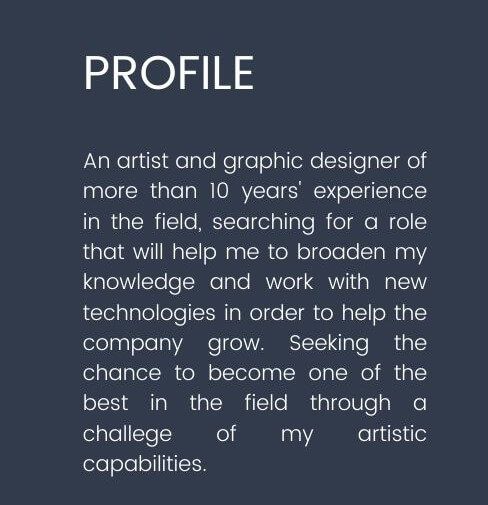
3. Professional Experience
This section is one of the most important in the resume as it proves the claims that you make in the summary. It shows the progression of your career and the skills and achievements that you have received as a result of your work.
The format to mention your experience is your job title, how long you worked (date employment began – date employment finished), the company you worked for, and 2-3 bullet points detailing your achievements.
Tip
Rather than stating the responsibilities of your post, it is better to highlight key achievements. Mention awards that you have received or significant results that you have got with figures or percentages to really show that you are highly experienced.

4.Skills and Competencies
This section shows the skills that you have already gained through your experience and education. Listing your hard and soft skills is a good way for employers to know your strengths and whether you would be an asset to their organization.
Tip
Rather than just listing your skills, try to mention an example of when you used the relevant skill. Remember to avoid buzzwords that harm your resume.
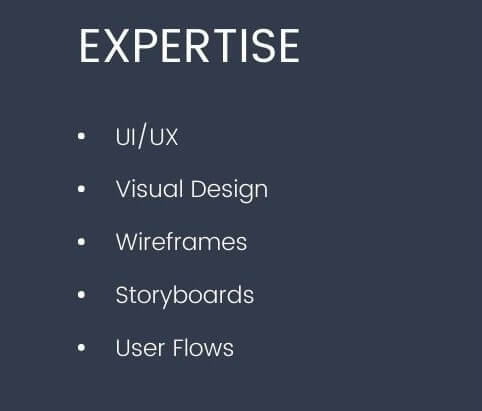
5. Education
Your educational qualifications can be an important part of your resume as it supports the claims you make in the previous resume sections such as the summary, skills and work experience. Often companies will list the minimum educational qualifications that are required for a position on the vacancy announcement.
The format for the educational section is almost the same as your work experience. You need to specify the qualification title, the years you studied and the name of the school/university/college that you attended.
Tip
Write your qualification in the same way that it is mentioned in the job advertisement to make it easier for the recruiter to identify that you have the required qualifications.
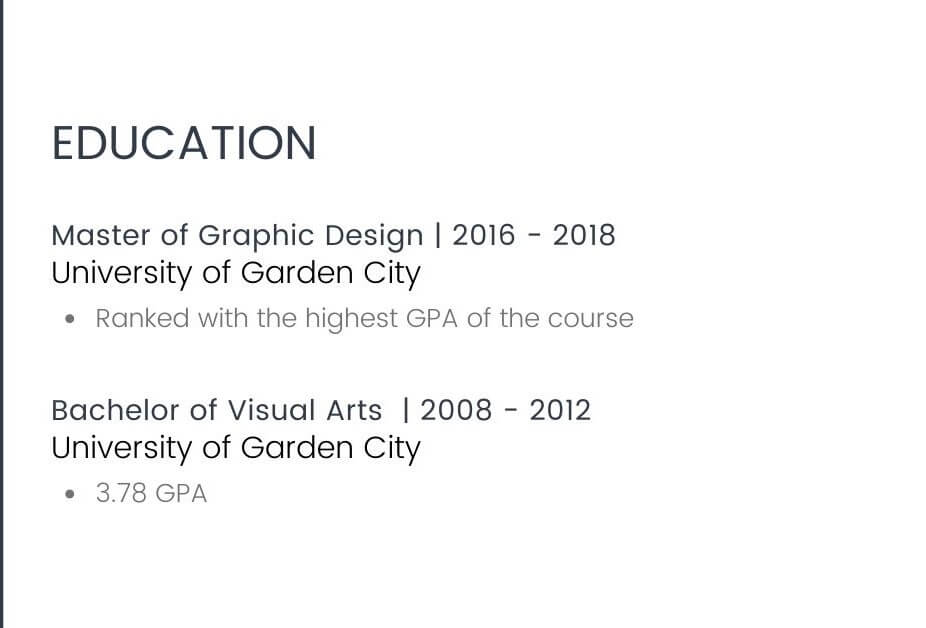
6. Special Achievements
This section is not compulsory, but it is always good to show that you have received recognition for your work. List any relevant awards that you have received in this section.
Tip
If you don’t have any awards to mention, mention other relevant skills or hobbies that you have like a foreign language.
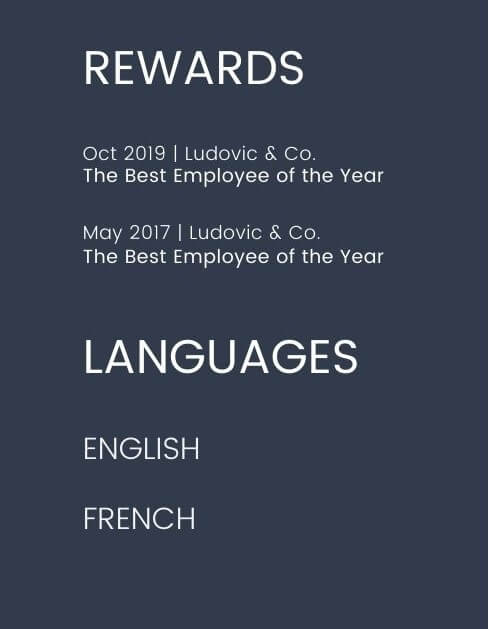
7. References
You need to have two references on your resume. Type in their names, designations, company they work for and current contact details.
Tip
Remember to ask your references before using their details in the resume and to inform them of the company and position you have applied for after you send in your CV.

Now that you know the Singapore resume format, see our tips for international resume formats for other countries.
For more information on writing the perfect resume, check our career guides.

